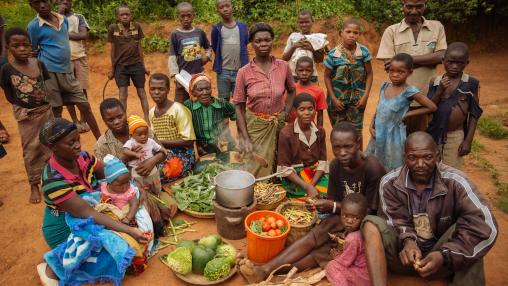
Gender and Food Security in Malawi
Researchers and policymakers have become increasingly cognizant of the role that gender plays in food security in developing countries. A new IFPRI Discussion Paper takes an in-depth look at the implications of gender roles in household food security in Malawi and finds that improving joint access – i.e. access for both men and women – to agricultural and nutrition information and training can be an important driver in increasing households’ food security.
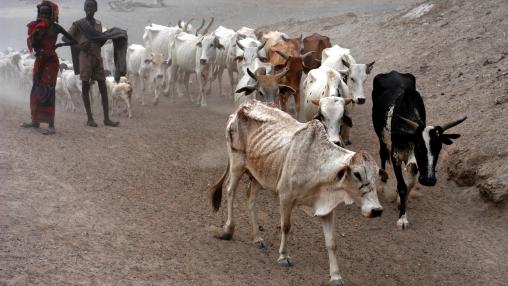
East Africa Facing Food Security Crisis
The Horn of Africa will continue to face a significant food security crisis into early 2018, according to a new alert released by FEWS Net. Poor rains in March-June – the second consecutive below-average season – have exacerbated already reduced livestock and agricultural conditions in many areas of the region. In some areas, particularly Ethiopia and Somalia, rainfall totals from June 2016 to May 2017 were the lowest or second-lowest seen in over three decades.
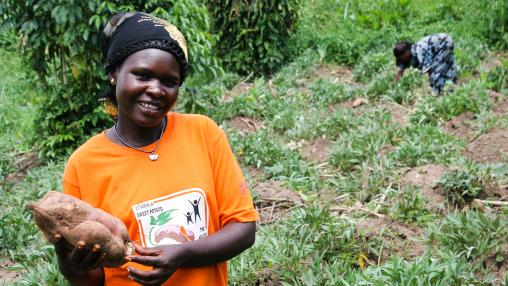
Improved Food Access in Mozambique
Harvests are now ongoing across Mozambique, improving food availability throughout the country, says a new report from FEWS Net. In the southern and central areas of the country, food security outcomes are forecast to improve from Stressed (IPC Phase 2) to Minimal (IPC Phase 1) in June. In addition, second season harvests (expected in July-September) are developing well due to extended rains, with reasonably favorable prospects for maize, beans, and vegetables. This second-season production will further improve poor households’ food availability and access.
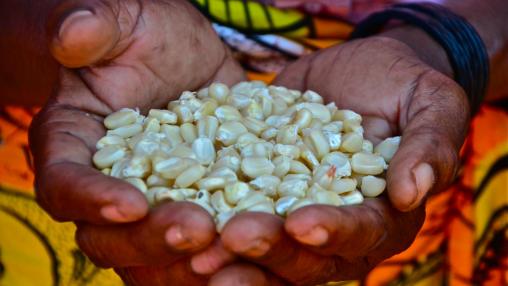
New GIEWS Country Briefs Released
FAO’s Global Information and Early Warning System (GIEWS) has recently released several new country briefs for the Africa South of the Sahara Food Security Portal’s prioritized countries. The country brief series provides information regarding countries’ current agricultural season and harvest prospects for main staple food crops, as well as estimates and forecasts of cereal production, cereal imports, and food prices and policy developments. This latest round of updates includes new information for Tanzania , Malawi , and Mozambique .
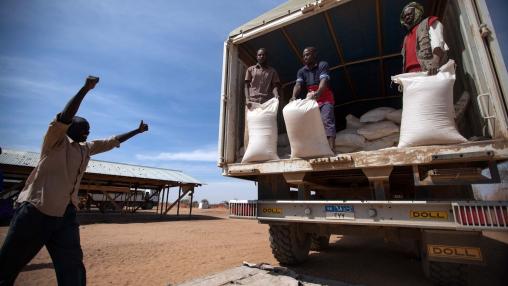
28 African Countries in Need of External Food Aid
Latest GIEWS External Food Assistance Report
According to the March 2017 edition of the GIEWS report on external food assistance needs , 28 countries in Africa are in need of food aid. The underlying factors driving the need for assistance vary and include lack of food availability, widespread lack of food access, and severe localized problems impacting food security. The GIEWS report is updated four times per year.
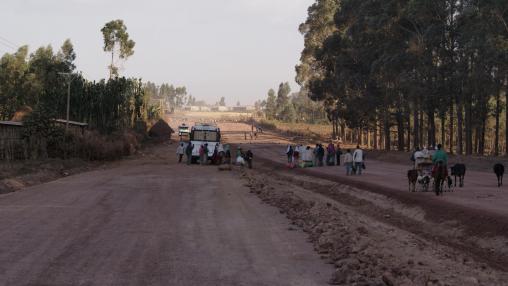
Does Increased Market Access Mean Better Nutrition?
Efforts to increase rural incomes and reduce rural poverty in developing countries often focus on policies to lower transport costs and increase market access among poor and remote rural populations. Despite the growing importance of such policies, however, it is not entirely clear to what extent and through which channels increased market access impacts rural individuals’ and households’ nutrition outcomes and overall wellbeing. A recent paper published in World Development seeks to answer these questions in the context of rural Ethiopia.
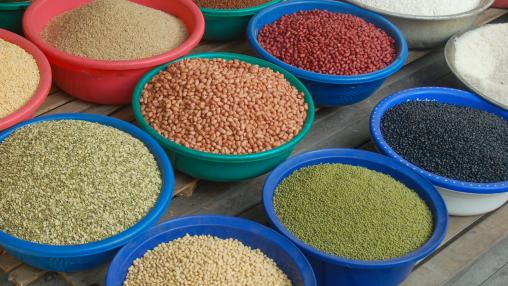
South Sudan and Somalia Facing Famine Conditions
New reports from FEWS Net and the Integrated Food Security Phase Classification (IPC) are highlighting the ongoing threat of famine in South Sudan. According to the IPC report, released on February 20, almost 5 million people are estimated to be in need of humanitarian food assistance; this accounts for 42 percent of South Sudan’s population. An estimated 100,000 people are facing localized famine conditions (IPC Phase 5-level food insecurity).
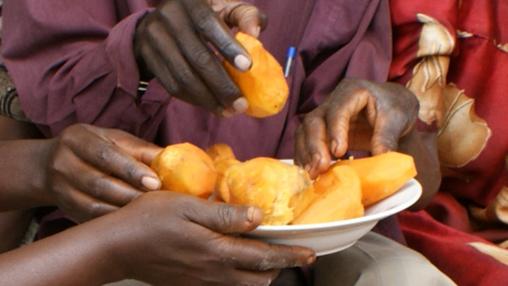
Men and Women See Unequal Access to Benefits of Biofortification
Biofortified crops, such as orange-fleshed sweet potatoes, have been shown to reduce malnutrition and micronutrient deficiency, especially in children, and increase farm households’ incomes. Whether or not farmers adopt these new crops, however, depends on individual farmers’ perceptions of biofortification’s benefits.
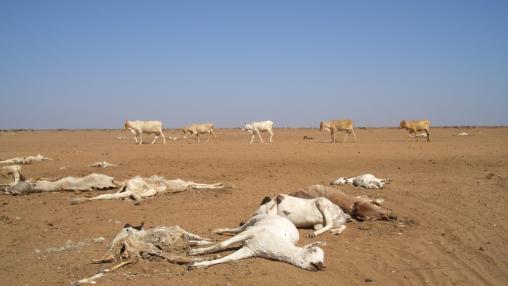
Drought Raises Food Insecurity in East Africa
Widespread drought is driving high food insecurity in several parts of East Africa, including central and southern Somalia, southeastern Ethiopia, northern and eastern Kenya, northern and eastern Tanzania, and southeastern Uganda. According to a special report released by FAO’s Global Information and Early Warning System (GIEWS), these areas received less than one-quarter of their normal rainfall from October to December.

Summary of Virtual Dialogue: FSI for Food Access & Nutrition
Reliable, timely data is crucial to fight hunger and malnutrition and to drive overall development in Africa south of the Sahara; however, significant research and data gaps exist, in terms of both the availability of information and the effective, transparent use of that information by policymakers. (For further discussion of existing research gaps, read about our side event at the recent 2016 ReSAKSS Conference). Improving food security information (FSI) is therefore a development goal that goes hand-in-hand with eradicating hunger.